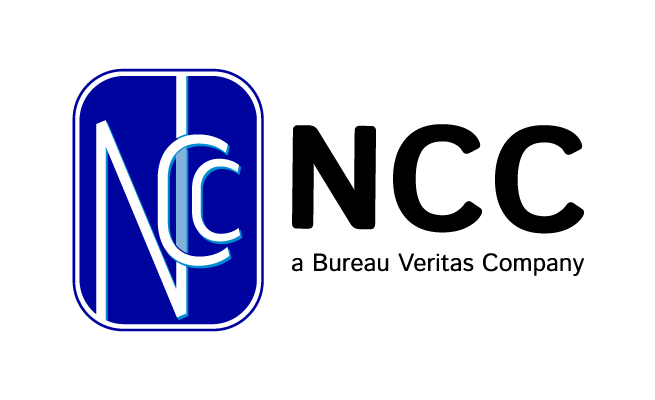The end of Wi-Fi?
New technology is 100 times faster and has differentiated data transmission!
Wi-Fi has been in use for around 25 years now. Is it time to replace it with a better technology? One in particular achieves up to 100 times more speed, and its data transmission is a little different – through light.
Could Li-Fi replace Wi-Fi?
Li-Fi (Light Fidelity) uses visible or infrared light for data transmission. In contrast, Wi-Fi, as we know it, uses data waves. A few days ago, the IEEE (Institute of Electrical and Electronics Engineers) approved the 802.11bb standard, driving the adoption of Li-Fi for conventional use.
Advantages:
– Up to 100 times greater speed, reaching over 220GB/s;
– Greater bandwidth, as the light spectrum is much larger than Wi-Fi, which uses radio waves. This means more devices connected at the same time without slowing down;
– Greater security because it doesn’t extend through walls, meaning it’s difficult to intercept your data;
– Less chance of interference from electromagnetic devices;
– Use in environments where radio waves are prohibited (airplanes, some hospitals, nuclear power plants, etc.);
Disadvantages:
– You need direct visual contact with the device, as a simple obstacle such as an object or wall will terminate the connection;
– Range of only a few meters;
Is Li-Fi still unfeasible?
Obviously, the disadvantages of Li-Fi are significant enough that the technology has not yet been popularized, but that doesn’t mean it won’t happen in the future.
The high speed and stability could be used in conjunction with Wi-Fi somehow. Obviously, radio waves are more useful in crowded, walled environments, but Li-Fi can be used in specific situations, such as work or uploading/downloading large files. Sectors that require more security can also make use of the technology.
It is not yet ready for widespread use, but make no mistake, business or government use is not out of the question. Nothing can stop them from finding creative ways to apply it in everyday life through products or for Li-Fi to extend its reach.
Blog






